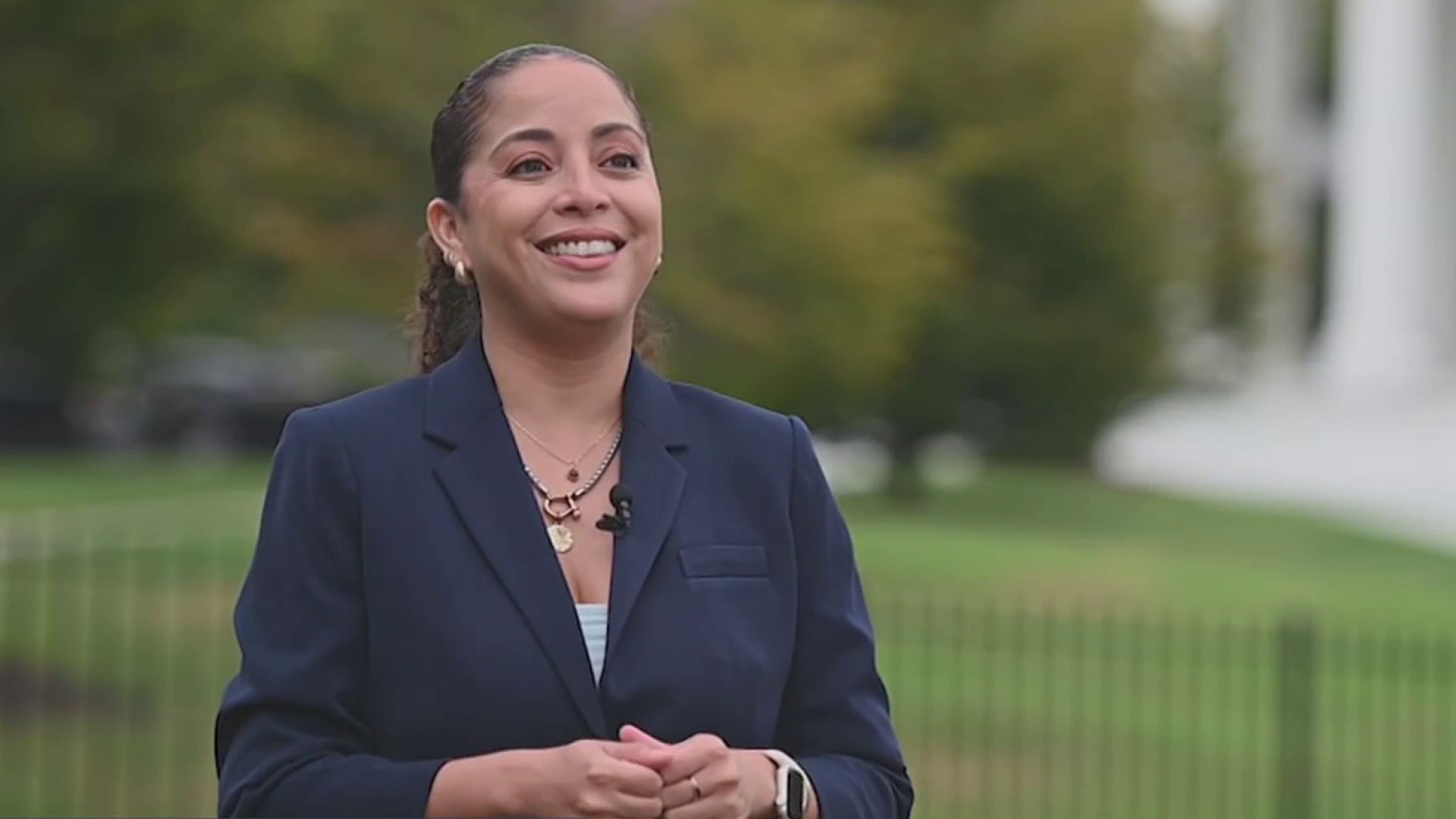
Every year, Hispanic Heritage Month is celebrated from Sept. 15 to Oct. 15.
While it's important to uplift the voices, culture, history and contributions of the Hispanic and Latino communities year-round, the U.S. government formally designated the month to spotlight the contributions made by "American citizens whose ancestors came from Spain, Mexico, the Caribbean and Central and South America,” according to the official government website.
Hispanic Heritage Month has been celebrated for decades. However, questions still swirl like "What is Hispanic Heritage Month?" and "Why is it split between two months?"
Ahead of highlight achievements by Latinos and their culture, here is everything to know:
The history of Hispanic Heritage Month
Before it was a month-long celebration it was just one week. Rep. Edward R. Roybal and Rep. Henry B. Gonzales championed a bill for a week-long observance, Hispanic Heritage Week.
“The bill was introduced at a moment of political radicalization by young Mexican-Americans demanding fair access to resources, including government services and education,” Frances Negron-Muntaner, an English and Comparative Literature professor at Columbia University, said.
Celebrating Hispanic Heritage
“Although Hispanic Heritage Month officially began as a state project, it was also a response to decades of Latino activists, particularly during the 1960s, whose demands included recognition of their culture, history and rights.”
President Lyndon B. Johnson signed the proposed legislation into law in 1968.
It wasn't until two decades later, on Aug. 17, 1988, Hispanic Heritage Week became legally expanded to a 30-day observance from Sept. 15 to Oct. 15 under President Ronald Reagan. Hispanic Heritage Month was first proclaimed or publicly announced to the American people by President George H.W. Bush in 1989.
Why is Hispanic Heritage Month split between September and October?
People may be wondering why the heritage month is celebrated in the middle of two months. There's a good explanation for that. Sept. 15 was chosen as the starting point for Hispanic Heritage Month because it is the anniversary of the Cry of Dolores or “Grito de Dolores," according to Carlos Olave, head of the Hispanic Reading Room at the Library of Congress. This event marked the start of the Mexican War of Independence and resulted in freedom for the New Spain Colony (now Mexico, Guatemala, El Salvador, Costa Rica, Honduras and Nicaragua) in 1821.
Mexico, most Central American countries and Chile commemorate their independence from Spain on Sept. 15, Sept. 16, and Sept. 18, respectively.
Columbus Day happens to fall during Hispanic Heritage Month, but instead of honoring the controversial explorer, Spanish-speaking countries celebrate “Día de la Raza” or “Day of the Race” on Oct. 12. This holiday, which bookends Hispanic Heritage Month in the U.S., recognizes the blend of indigenous and European or mestizo heritage across Spanish-speaking countries.
How Hispanic Heritage Month is celebrated today
Just like there’s no one-size-fits-all Latino or Hispanic experience, there’s no one way to celebrate Hispanic Heritage Month.
“Celebrating Hispanic Heritage Month can range from hosting or attending cultural festivals to volunteering to help Latino communities in need,” Emily Key, Director of Education at the Smithsonian Latino Center in Washington, D.C., told TODAY.
Museums across the country, including The Smithsonian National Museum of the American Latino, offer programs and resources to honor Latino and Hispanic communities. Throughout the month, check out museums and libraries near you to see if they're hosting similar events. The best part: They're often free.
In Washington D.C., the Library of Congress will commemorate Hispanic Heritage Month throughout most of its 20 public reading rooms with blogs, performances, workshops, exhibits, screenings, lectures and special events. The Hispanic Reading Room will release 50 audio recordings by Latino writers from its PALABRA Archive, a collection of approximately 800 original audio recordings of 20th and 21st century Luso-Hispanic (a reference to regions once ruled by Portugal or Spain) poets and writers reading from their works.
Celebrate Hispanic Heritage month at home by trying out traditional recipes from Latino and Hispanic chefs. Or make it a family affair by reading one — or all — of these children’s books at bedtime. For an adult reading session, consider a book from this curated list of Latino authors, including the March 2021 Read With Jenna book club pick.
But if you feel like showing support with your wallet, then check out this list of Latino-owned beauty brands to shop now and forever.
This story first appeared on TODAY.com. More from TODAY:



